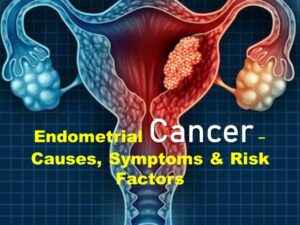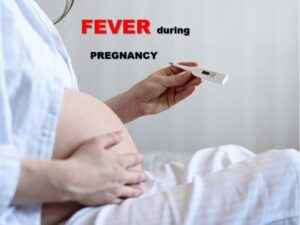Definition: When your gynecologist says that you have amenorrhea, it means you are not getting your periods or you have missed one or more periods. In other words, it is the absence of menstruation.
There are two types of amenorrhea:
Primary Amenorrhea: This type is when a girl has not had her first period by the age of 15 or 16 years.
Secondary Amenorrhea: A woman is said to have this type of amenorrhea when she stops getting her normal periods for three or more months though she used to have periods regularly in the past.
What are the causes of Amenorrhea?
Causes of primary amenorrhea: defects in the ovaries; Problems with the reproductive organs; issues with the pituitary glands or central nervous system. The main cause can be hormonal abnormalities and anatomical problems.
Secondary Amenorrhea Causes
Common causes of secondary amenorrhea are pregnancy and breastfeeding; stopping the use of birth control (post-pill amenorrhoea) and menopause. Pregnancy, breastfeeding, and menopause are the natural causes of secondary amenorrhea.
Women who use contraceptives can also experience secondary amenorrhea. Those who take oral contraceptive pills may not have periods even after stopping the pills for sometime before the normal ovulation and menstruation return.
Hormonal causes
Premature menopause (Secondary amenorrhea): In this case, ovaries may stop functioning before age 40. When this happens the ovarian supply of eggs reduces and periods stop.
A benign or noncancerous tumor in the pituitary gland can disrupt the normal functioning of ovaries and hormonal regulation of menstruation.
Malfunctioning of the thyroid gland which could be either due to an underactive thyroid gland (hypothyroidism) or an overactive thyroid gland (hyperthyroidism) can cause irregular menses and also amenorrhea.
PCOD or PCOS (polycystic ovarian syndrome): High and sustained levels of hormones as seen in PCOS can disrupt the normal menstrual cycle – which may lead to amenorrhea or menstrual irregularities.
Structural Problems of the Reproductive Organs
Vaginal abnormalities: any abnormal membrane or wall (an obstruction) in the vagina can block the blood flow from the uterus and cervix.
Underdeveloped reproductive organs: structural abnormalities in the uterus, cervix, or vagina may arise during fetal development – which may lead to failure of the reproductive system to develop fully. Therefore, menstrual cycles are not possible later in life – in such cases.
Uterine Scarring: It is a condition in which scar tissue develops in the lining of the uterus. It may also occur after the treatment of uterine fibroids, caesarean section, and after a dilation and curettage treatment. The scarring prevents build-up and shedding of the uterine lining.
Lifestyle Factors
Low body weight, excessive stress, extensive and exhaustive, and tiring activities including – athletic training, weight-lifting and muscle strengthening and endurance building workouts, and other activities are some of the lifestyle factors that can contribute to amenorrhea.
What are the risk factors for amenorrhea?
Factors that may increase your risk of amenorrhea include:
If you have an eating disorder such as bulimia or anorexia, your risk of developing amenorrhea increases; extensive athletic training and muscle strengthening exercises – rigorous workouts can also increase your risk. Similarly, with a strong family history, a woman can be strongly predisposed for amenorrhea. Certain gynecological procedures can also increase the risk of amenorrhea.
Bottom line
Treatment of amenorrhea depends on the underlying cause. If you have amenorrhea – meet me for a complete and thorough evaluation of your condition. Don’t delay in seeking treatment as amenorrhea can cause other issues such as infertility, pregnancy-related complications, pelvic pain, psychological stress, osteoporosis, and heart disease.




